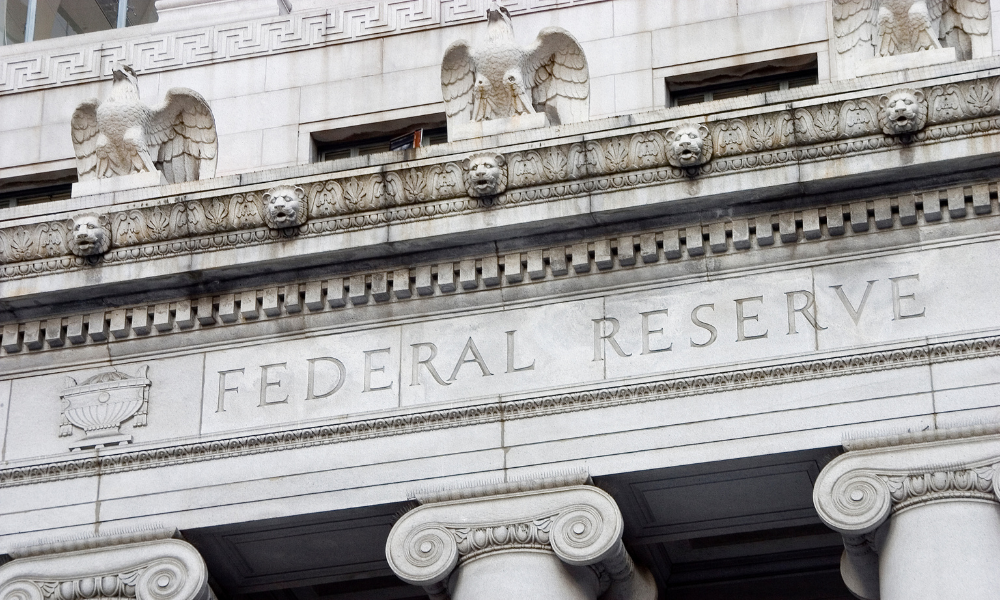Leading fixed income strategist analyses the first US interest rate cut since the Great Recession

The US Federal Reserve cut interest rates for the first time since the financial crisis yesterday but pushed back on the notion it was the start of many.
After the Fed announced the expected quarter-point reduction to its benchmark, Fed chair Jay Powell sent a clear signal to the market that this was a “mid-cycle adjustment” rather than the beginning of a series of cuts.
The Fed funds futures had priced in 100 basis points in cuts prior to the announcement but Powell dampened these predictions while keeping the door open for another 25 basis points decrease, possibly in September. Two dissenters– the cut was approved 8-2 – suggested further opposition should he try to push it through.
While drawing the unsurprising ire of President Donald Trump on Twitter, Powell’s language suggested this was very much an insurance policy against trade uncertainties and slowing global growth, comforted by a backdrop of largely solid US economic data.
Kevin Flanagan, head of fixed income strategy at WisdomTree Asset Management, interpreted this as one or two rate cuts, leaving the treasury market open to potential disappointment.
He told WP: “You could call this an insurance policy move and what they are going to be turning to now is more of a data dependent Fed. It would seem to me that the concern is not with what is going on currently in the economy – other than inflation being disappointing – but that there is something they can do to counter trade uncertainty and any other negative knock-on effects from slowing global growth.”
If this is somewhat of a realignment of the Fed and the market, Flanagan said both must share the blame for the disparity in outlook; the Fed is playing catch-up and is guilty of a lack of communication, while the market is culpable of misjudgement given good employment figures and positive US growth.
He said: “There have been a number of opportunities where the Fed could have pushed back and led the market to believe maybe a rate cut or two was coming but that 100 is double, or more than double, what they were thinking about.
“But maybe the market should not have been thinking on those lines. You have jobs producing nearly 175,000 a month, 50-year lows on jobless rates, consumer [spending] is fine, growth is 2.5% so far this year … how do you take that and go to a full percentage points of rate cuts?”
By late afternoon yesterday the Fed funds futures appeared to have repriced the situation to account for one more cut later in the year. The result was a flattening of the yield curve, the opposite effect to what the Fed had planned. Flanagan put this down largely to a lack of communication from Powell & Co.
He explained: “The problem is the Fed did not push back against the markets prior to this meeting, so the markets dictated and forced the Fed into a corner. If the Fed didn’t feel as if it was going to go down the road of 100 basis points of rate cuts between now and 2020, that should have been communicated. That’s why you are seeing the flattening of the curve and some vulnerability in the front end of the market.”
So what does this mean for investors? Should this trigger any change of approach? Flanagan said the time-tested barbell strategy is a prudent one to implement.
“We’ve been looking at a short-duration government treasury strategy combined with a yield-enhanced approach as well. For us, that has been a good way to prepare or insulate your portfolio for some of the uncertainties that are out there.
“Do you want too much long duration, thinking rates are going to continue to come down or do you want to have too much on one side in a flatter inverted yield curve and short duration, and maybe hit the bottom in rates? With the barbell approach, you can combine the two together and toggle them back and forth.”



